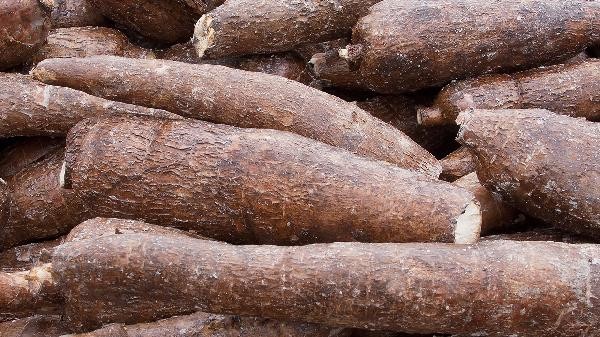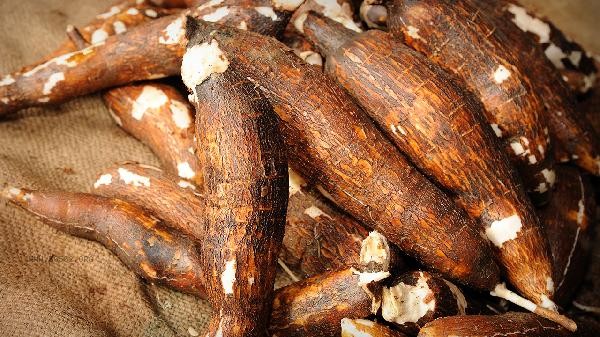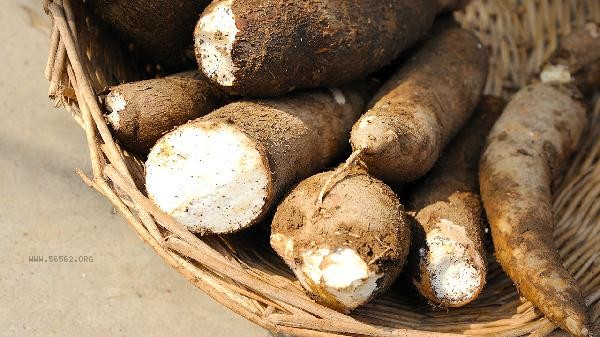Cassava flour is usually referred to as starch, raw flour, or sweet potato flour in supermarkets, and the specific name may vary slightly due to regional and brand differences. Cassava flour is a starch extracted from the roots of cassava, which has the characteristics of strong viscosity and high transparency. It is widely used in the production of desserts, pastries, and food processing such as thickening. There may be differences in supermarket labels for cassava flour in different regions. In some northern regions, it may be directly labeled as starch or cornstarch, which usually refers to mixed starch made from cassava, potatoes, or corn as raw materials. South China tends to label it as sweet potato flour or cassava starch, emphasizing the characteristics of the raw materials. Imported goods may use English literal names such as TapiocaStarch, and some Southeast Asian imported products may be labeled as sweet potato flour.

Pay attention to the packaging ingredient list when purchasing. Pure cassava flour should only contain cassava starch, and some mixed starch will be labeled as composite ingredients such as potato starch and corn starch. Cassava flour for special purposes, such as pearl round flour, may be labeled as Boba flour or pearl flour. These products have undergone special processing, resulting in stronger viscosity and boiling resistance. The bulk area may be abbreviated as starch, and the specific category needs to be confirmed with the staff.

When using cassava flour, be sure to cook it thoroughly. Untreated cassava flour may contain trace amounts of cyanogenic glycosides, which can be effectively decomposed by high-temperature cooking. People who are allergic to cassava should avoid contact, and alternatives can be potato starch or corn starch. When storing, it should be kept dry and sealed. Moisture clumping can affect the effectiveness of use.









Comments (0)
Leave a Comment
No comments yet
Be the first to share your thoughts!